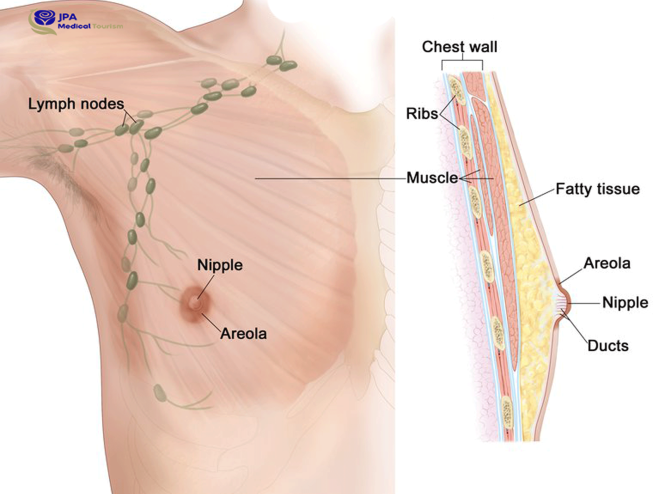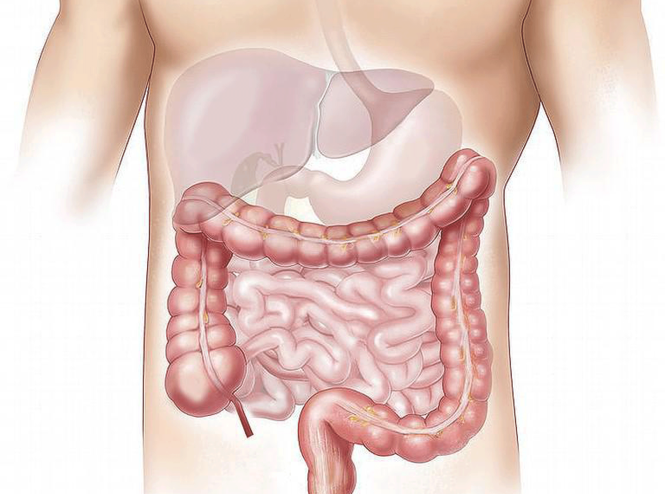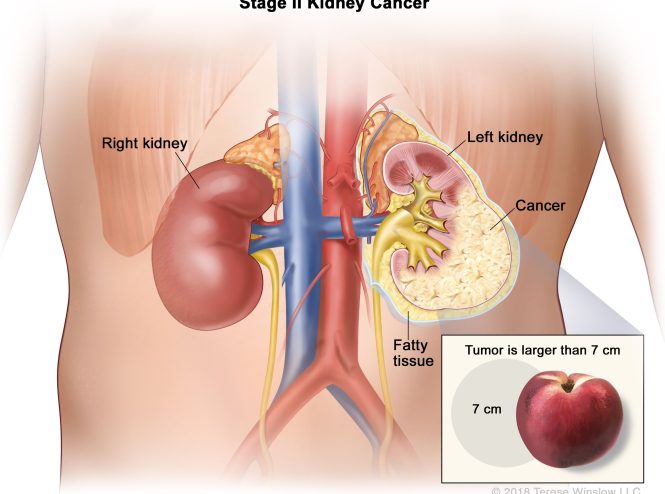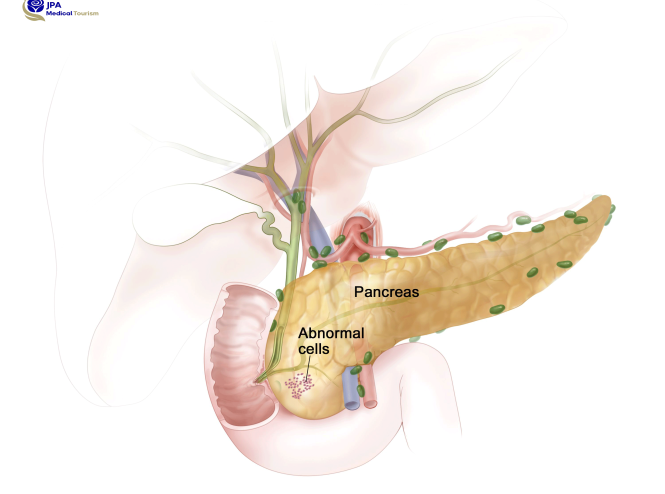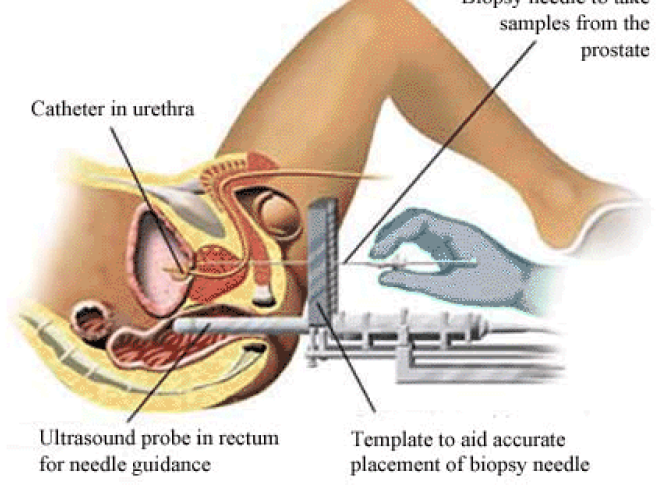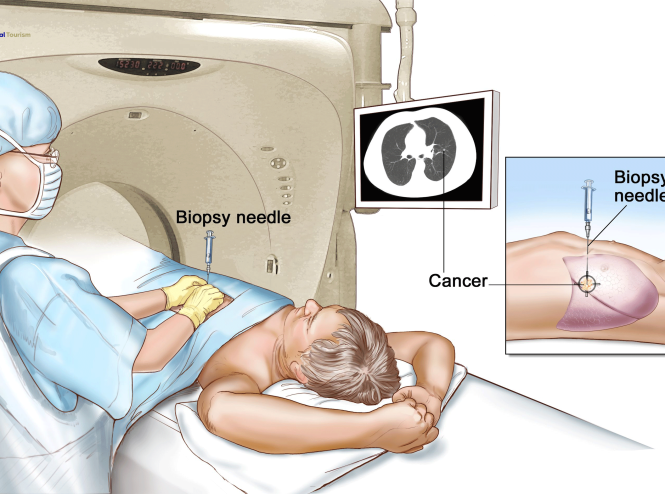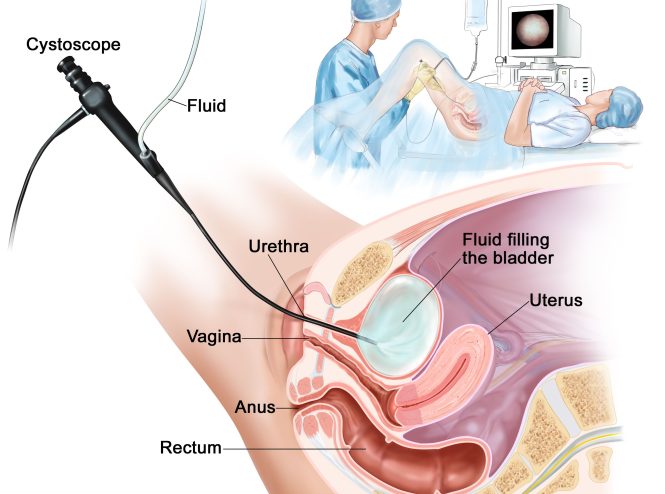Neurosurgery in Iran
Best Neurologist Surgeon
Best Hospital
We Introduce Best Hospital for Neurology in Iran
Best Doctors
We Introduce Best Doctors for Neurology in Iran
Best Price
We Try to introduce best Services with Regular Price
Why choose Iran for treatment and medical procedures?
• Low costs
• Board licensed surgeons
• Quality health care
• Less waiting time
• Accredited hospital
• Personal service
• Language capability
• Ease of medical visa
• Treatment with advanced technology
• Strong presence in advanced healthcare e.g. Transplantation - high success rate in the operation.
Active clinics for international patients:
Shahid Dastani Clinic, Hematology, Oncology and Stem Cell Transplant Clinic, Nuclear Medicine Clinic and Special Clinic.
Clinics: urology, nephrology, lung, general surgery, endocrinology, gastroenterology, gynecology, midwifery, perinatal, infertility, maxillofacial surgery, genetics, dermatology, orthopedics, neurosurgery, heart, heart surgery, vascular surgery, neurology, rheumatology, ear and Otorhinolaryngology, dentistry, infectious, speech therapy, pain, nutrition and diet therapy, anesthesia, celiac disease, liver cirrhosis, Behcet, eye, psychiatry, men’s health
Paraclinical departments: clinical laboratory, pathology, imaging and pharmacy
Clinics: EMG-EEG, bronchoscopy, spirometry, bone densitometry, nuclear medicine, dialysis, physiotherapy, endoscopy, echocardiography, exercise test, pain control, rehabilitation and sports medicine.
What do neurosurgeons do?
Neurosurgery as an independent specialty appeared at the beginning of the 20th century. That neurosurgery, which is now safe and technologically advanced, it became at all only in the 60s of the 20th century.
There are many subspecialties in neurosurgery, I would single out the following:
Neurotrauma is the surgical treatment of brain and spinal cord injuries.
Spinal neurosurgery is surgery of the spine and spinal cord. That is, surgical treatment of degenerative changes, such as herniated discs, tumors of the spine and spinal cord, deformities, injuries. This direction closely borders on traumatology and orthopedics.
Neurooncology is a broad field that studies the surgical treatment of brain tumors.
Vascular neurosurgery – open operations on the vessels of the brain and endovascular interventions – through the vessels, without incisions. This is how vascular aneurysms are treated, for example.
Pediatric neurosurgery – its principles are different from adult neurosurgery.
Functional neurosurgery is one of the new interesting areas. These are methods associated with the installation of electrical stimulation systems in various parts of the brain and spinal cord to change their function.
Neurosurgeons also perform operations on peripheral nerves. Most often about tunnel syndromes – when the nerve of the arm or leg is compressed due to an increase in the size of some ligament.
For example, with carpal tunnel syndrome, the median nerve is compressed in the middle of the wrist. To release the nerve, a small operation under local anesthesia is needed, after a few hours the patient goes home. A similar problem is cubital tunnel syndrome, which occurs due to compression of the ulnar nerve.
There are also rarer diseases of the peripheral nerves – injuries and tumors, they require microsurgical interventions. Here the surgeon needs complex skills and a good knowledge of anatomy.
In general, a neurosurgeon has the right to perform operations on the entire nervous system. Nevertheless, in practice there are so many types of operations in neurosurgery that few people can master absolutely everything.
Moreover, it is not necessary. The surgeon needs to repeatedly repeat each skill for a long time in order to perform operations with minimal risk and number of complications. Because of this, elective surgical care around the world is on the path of narrow specialization.
What to do?
How to insure against medical errors before surgery?
Gone are the days when a surgeon was such a jack-of-all-trades – he would perform a craniotomy, and he would give birth to a cow, and he would perform an amputation.
What is functional neurosurgery?
Functional neurosurgery is the installation of electrical stimulators in different parts of the spinal cord or brain. Their task is to influence the function of the brain. Such techniques are used, for example, in the treatment of severe pain syndromes, Parkinson’s disease, epilepsy.
Neurostimulation for the treatment of neurological diseases
The exact mechanism of how neurostimulation works is not fully known, no matter how strange it may seem. At the same time, the technique is not new: the first neurostimulator was made in the USA in 1967.
For example, the meaning of the procedure for chronic pain is to create a block in the conduction of a nerve impulse through the spinal cord to the brain and thereby deceive the sensations.
This treatment for neuropathic pain is not for everyone. It can be used in patients with complications after spinal surgery, when there is severe pain that is not amenable to any treatment methods. Or with phantom pains, when a limb was amputated and pain appeared in its area. Many of these patients experience severe pain, which is not relieved by anything, interferes with life and sometimes even leads to suicide. Neurostimulation may be the only way to get rid of it.
How to treat back pain: 6 proven ways
Also, the technique is used to treat chronic pelvic pain – only in this case, not the spinal cord is stimulated, but one of its roots. In the same way, neurogenic pelvic disorders are treated – incontinence or retention of urine and feces.
How is neurosurgery developing, are modern surgical techniques used in Iran?
Neurosurgery is a direction that is updated every four to five years. Now there is a general trend towards a decrease in invasiveness, that is, the traumatism of the operation, this is typical for all areas of modern surgery. There is a transition from open operations with difficult accesses and large blood loss to interventions through various endoscopic accesses.
For example, key-hole surgery, or access through the “keyhole” – when the surgeon removes a rather complex tumor through a 3-4 mm hole or performs other manipulations.
/quota/
How to get a quote for an operation
Also, microsurgery has already become the standard for neurosurgery – most operations are done using a microscope.
Neurosurgery in Iran | Best Neurologist Surgeon
Neuro Brain Surgery
In addition, a differentiated approach is being introduced, especially for spinal surgery. The understanding came that it is impossible to treat all patients even with a common disease in the same way – it is necessary to individually select neurosurgical treatment.
A lot of new things appear in neurooncology: the treatment of brain tumors, including metastatic ones, is being improved. For example, techniques such as gamma knife and cyberknife are used – methods of focused radiation therapy that can slow or stop tumor growth without damaging neighboring tissues.
Functional surgery is also developing and exists in Iran – I have been doing such operations for about ten years.
costs a neurostimulator
In addition to having skilled and competent doctors and surgeons, Iran is very affordable and cheap in terms of the cost of treating various diseases, including in the field of neurosurgery, due to the low value of Iran’s currency compared to other countries.
How are neurosurgical operations performed so as not to harm the patient?
Brain surgery. There are various methods associated with Awake Surgery, this is surgery when the patient is conscious during the operation. In fact, a person is awakened, disconnected from endotracheal anesthesia and then operated on. This is done, for example, when removing tumors of functionally significant areas of the brain.
Awake Brain Surgery
A person follows the commands of a neurologist or neuropsychologist, and the surgeon thus receives information about whether he touches an important area during the operation.
Spinal surgery. Here there is a method of neurophysiological monitoring. During the operation, the roots of the spinal cord are affected – this is how the surgeon understands when he begins to harm more than help.
Intraoperative neurophysiological monitoring — Medscape
It looks like this: a special apparatus sends signals from the cerebral cortex to the arms and legs, the neurophysiologist monitors the parameters and tells the surgeon what is happening from a functional point of view.
This method is also used in the surgical treatment of spinal deformity – by assessing the functions of the roots of the spinal cord, their injury during surgery is avoided.
Is surgical treatment of brain tumors safer now?
The success of the operation depends on the type of tumor, while at present, neurosurgery has everything to remove the neoplasm as safely as possible.
Brain Tumor Surgery
There are special surgical techniques, for example, the use of a microscope, also using intraoperative fluorescent navigation. The patient shortly before the operation takes a small amount of a special substance. It tints the tumor tissue in a different color with fluorescent radiation. Without this, they would be indistinguishable from brain tissue, and this is how the surgeon sees them during the operation.
Fluorescent imaging in oncological surgery – article in The Lancet
In addition, endoscopic accesses are used. Now it is possible to do a radical operation through a small endoscopic puncture. Among other things, this completely changed the surgery of pituitary tumors – earlier, a craniotomy was needed to remove them, there was a big risk of blindness and other risks. Now surgeons operate through the nose, without opening the skull – and the intervention has become much safer.
Is it necessary to remove benign tumors of the brain or spinal cord if there are no symptoms?
Some small brain tumors, most notably meningiomas, can sometimes not be operated on—either observed or treated with radiation therapy.
With spinal tumors – benign gliomas or meningiomas, but in the spinal cord – the situation is more complicated, because they grow in a closed, narrow space of the spinal canal. Even a small tumor can cause neurological damage. Therefore, most spinal tumors are removed even if there are no symptoms.
Spinal Cord Tumors
There are situations when an asymptomatic tumor is in such a place that its removal can lead to complications, such as paralysis. In this case, the choice is always up to the patient – no one has the right to make a categorical decision for him: take a risk or wait.
How often do you need surgery for herniated discs?
If surgery is recommended for all people with a herniated disc, especially when the diagnosis was made only on the basis of an MRI, almost everyone over 55 years old and many over 20 years old will have to be operated on.
Herniated Disc
A herniated disc needs to be removed when it is compressing a nerve root in the spinal cord. Because of this, the so-called radicular symptoms appear – pain, numbness, weakness in the leg, if it is the lower back, or the arm, if it is the neck.
Herniated discs in the cervical and thoracic spine can compress the spinal cord itself. This can lead to myelopathy – in populist terms, spinal stroke, a focus of circulatory disorders. Such hernias almost always need to be removed: often this is the only thing that saves from severe neurological deficits.
9 important questions for neurologist Pavel Brand
Lumbar disc herniations are less likely to require surgery. In addition to root compression, the operation is indicated for severe narrowing of the spinal canal or displacement of the vertebrae relative to each other, which prevents a person from standing and walking normally.
It is important to understand that almost any operation implies that a person changes something in his life. Spinal diseases are often a consequence of our problems: we sit a lot and move little. Without the participation of the patient in the postoperative period, when he needs to lose weight, exercise, strengthen the muscles of the back and the press, nothing will work. Surgery removes the neurological problem, and then it’s up to the patient himself.
Is there a problem in neurosurgery of over-scheduling operations when they are not needed?
Such a problem, unfortunately, exists when it comes to spinal surgery. It is not only in Iran . For example, in the United States, microsurgical removal of a herniated disc is often performed, while patient satisfaction with this operation decreases every year.
Surgical treatment of subacute and chronic low back pain – Uptodate
You can’t approach the problem like this: “You have a darkened disc, it needs to be removed, otherwise a hernia will form” or “Your back hurts, why do rehabilitation, it’s better we remove everything right away.” Such an approach will eventually turn against the surgeon, and not just against patients. Performing operations for everyone in a row, without thinking about who needs them, the surgeon will choke on complications and unsuccessful results in six months or a year.
In the center where I work, patients are treated by physical rehabilitation specialists and neurologists after surgery. The operation is only one of the links in restoring the normal mobility of the spine.
In addition, spinal pathology is very common, so there is an entire industry around it, where everyone offers their own. This industry is full of methods with unproven effectiveness or proven inefficiency such as chondroprotectors, leeches, “author’s” methods of hernia resorption. Such techniques are in fact quackery, based on the fact that in a certain percentage of people the hernia naturally decreases or disappears.
9 important questions about alternative medicine to doctor Alexei Vodovozov
To avoid ineffective treatment, the patient should receive several opinions about his condition. Also, people with back pain should see a neurosurgeon – not out of those considerations that an operation is needed, but to get an opinion from this specialist too.
I am a supporter of this approach: there is no need to operate if the problem can be solved through physical education, massage, gymnastics or near-surgical manipulations.
When is it worth doing an MRI of the brain and spine, and when not?
MRI is a method that has its indications, although it is generally safe and contraindicated in only a small number of people. For example, those who have a pacemaker.
An MRI should be ordered by a specialist, not by the patient himself. In Iran, this study is available – in Moscow it can be done for 4000-5000 R. For comparison, in the USA, the commercial cost of an MRI is usually not less than 700 $ (41,927 R).
6 tests that healthy people don’t need
Because of this, people in our country sometimes do an MRI as the first examination method, and its result is misinterpreted – this is called “MRI catastrophe”.
For example, some vascular foci are found in the head, which most people have and often do not indicate anything bad. Or protrusions and hernias are found in the spine, which are not really significant and do not cause symptoms. However, a person is frightened by what he reads on the Internet, he turns to doctors, uses meaningless methods of treatment, including surgical ones.
Headache Assessment in Adults – article in the Uptodate Physician’s Handbook
Of course, there are reverse situations, especially in the regions. For example, a patient is being treated without an MRI, his motor deficit is growing, he is given an X-ray, they say that it is a hernia and happens to everyone. In fact, hernias are practically invisible on x-rays: they are made of soft tissues, not bones. And the MRI will show that the hernia has squeezed the spinal cord and an operation is required, which must be done as soon as possible.
For back pain, there are red flags that are familiar to neurologists – they will be an indication for an MRI. Here is some of them:
unusually severe pain;
pain radiating to the leg;
pain associated with weight loss
pain in a cancer patient;
pain that increases over time.
Similarly with headaches – not every case requires an MRI. Most often, headaches are benign in nature, such as migraine or tension headache. Only a neurologist after an examination can correctly identify those people who should have an MRI to rule out tumors or something else.
In the commercial sphere, spinal surgery is well developed. Among operations on the spinal cord and spine, there are those that have an affordable cost and low risks. Private clinics are visited by patients who do not want to get involved with the quota system, referrals from polyclinics and other bureaucracy.
If we talk about brain surgery and neurooncology, then this is a treatment that can be very expensive. For example, due to the fact that the patient may end up in intensive care for a long time, he may need complex rehabilitation, chemotherapy, radiation therapy – this is not always predictable. The treatment of such patients can cost millions and even tens of millions of rubles – few people can afford it.
In my opinion, there is also a problem with voluntary health insurance: few companies can afford to cover neurosurgical care due to the fact that it is quite expensive.
Neurosurgery in Iran
Best Neurologist Surgeon
Cancer Treatment in Iran
The most common cancer treatment in Iran is chemotherapy, but ...
Colon Cancer Treatment in Iran
The treatments for colorectal cancer usually involve surgery to remove the cancerous tumor
Stomach Cancer Treatment in Iran
The most common types of stomach cancer treatment are surgery ,chemotherapy...
Kidney Cancer Treatment in Iran
Kidney cancer is usually treated with surgery, targeted therapy, immunotherapy ...
Pancreatic Cancer Treatment in Iran
Pancreatic cancer treatments are surgery, chemotherapy, or a combination of them
prostate surgery in Iran
The most effective cancer treatments are surgery and localized treatments
Lung Cancer Treatment in Iran
Lung cancer can be treated with surgery, chemotherapy, radiation therapy, targeted therapy ...
Bladder Cancer Treatment in Iran
Bladder cancer is usually treated using surgery, Chemotherapy, radiation, or immunotherapy.
Contract party with child-friendly medical centers in Iran
- The first successful heart transplant center in Iran
- The first bone marrow transplant center in Iran
- The first kidney transplant center in Tehran
- The first center to perform CT Scan in Iran
- The first center for video capsule endoscopy in Iran
- Referral center for the treatment of blood and oncology diseases and the treatment of blood cancers with bone marrow transplantation
- A reputable center for fellowship training in bone marrow transplantation, hematology and oncology in the country
- Establishing non-relative stem cell bank (connected to world stem cell bank)
- Scientific pole of nuclear medicine of the country
- Cancer treatment referral center with radiopharmaceuticals
- The only training center approved by the International Atomic Energy Agency
- Iran nuclear medicine association center
- Center equipped to treat digestive and liver diseases
- The only center performing the POEM technique in the treatment of gastrointestinal diseases in the country
- Superspecialized center for the treatment of gastrointestinal problems, including advanced diagnostic and therapeutic ERCP, with the technique of combining two technical methods, “endoscopy” and “fluoroscopy”.
- One of the world’s most prestigious centers in the field of maxillofacial surgery and the use of 3D printers
- The only fetal laser surgery treatment center in the Middle East
- A reputable center in the treatment of female infertility and IVF in the country
- The scientific hub of rheumatology treatment in the country
- Specialized vascular angiography services in the treatment of diabetic foot
- Orthopedic subspecialty services (knee joint replacement, spinal correction surgeries for children in the country)
How can a patient choose a good neurosurgeon?
First, before the operation it is worth getting more than one opinion. There is a large arsenal of treatment methods in neurosurgery – doctors with different experience and from different schools can offer different options, it is useful to see the whole picture.
Secondly, as I said above, a neurosurgeon must have the necessary experience: many operations are acquired only through a large number of repetitions.
Tell us how you are looking for good doctors?
Thirdly, the doctor must know English. In modern neurosurgery, self-education is important; sane neurosurgeons spend a lot of effort, time and money on it. This assumes that the doctor is constantly studying, including abroad.
For example, he attends surgery to surgery courses, where he participates in operations with a top surgeon, webinars and master classes. Lack of knowledge of English may indicate that a person is not as good in his industry as modern practice requires.
What were the most memorable cases from your practice?
A year ago there was a very rare operation. There is such a disease as fixed spinal cord syndrome. It usually manifests either in early infancy or adolescence. And then I came across a case where the syndrome manifested itself in a patient at the age of 77. She began to lose strength in her legs, and an operation was needed – under neurophysiological monitoring, we performed a microsurgical division of the spinal cord roots. That is, we had to transfer pediatric neurosurgery to an adult patient. After the operation, the woman was able to walk again.
I also remember a patient who had 13 operations on his lower leg, he developed a pain syndrome that was not relieved by drugs. He had a neurostimulator installed in the middle of the thoracic spinal cord – he managed to completely cover the area of pain and remove it.
10 Rights You Have When Seeing a Doctor
The operation was not so difficult, but the result is impressive: the man returned to parachuting, where he had previously been injured. This is probably the only person with a neurostimulation system who is also an active skydiver – about 50 jumps a year.
Also, surgeries associated with complex tumors are always interesting. Recently, we removed a giant meningioma in the region of the transition of the skull to the cervical spinal cord. The patient had neurofibromatosis, a congenital disease characterized by the growth of benign tumors.
In this place, she had already had a tumor removed in the mid-1980s. The technologies were different then, there was a huge defect in the skull that went towards the back of the head. Such operations are always remembered, because any step to the left or right can cost a lot – some brain function or life. But this time everything went well, the patient is alive and well.
Remember
Neurosurgeons operate on various parts of the nervous system, from the brain to the peripheral nerves.
Now there is functional neurosurgery, which allows not only to remove a tumor or restore the anatomy of an organ, but also to influence the functions of the brain.
Neurosurgery is developing very rapidly, new techniques appear every four or five years, including in Iran.
During operations on the brain or spinal cord, the main thing is not to disrupt important vital functions, so there are methods for controlling the actions of the surgeon during the intervention.
Operations to remove brain tumors are now much safer due to the emergence of less traumatic surgical techniques.
Benign brain tumors without symptoms can sometimes not be removed, but tumors of the spinal cord are usually operated on.
It is far from always necessary to remove intervertebral hernias – only if they squeeze the spinal cord or its roots.
There is a problem with over-scheduling in spinal surgery, so it’s always worth getting a second opinion.
MRI should be done only on doctor’s orders to avoid overdiagnosis and unnecessary treatment.
There is private neurosurgery in Iran, however, not all operations are financially accessible.
A good neurosurgeon specializes in a particular area of neurosurgery and speaks English.





